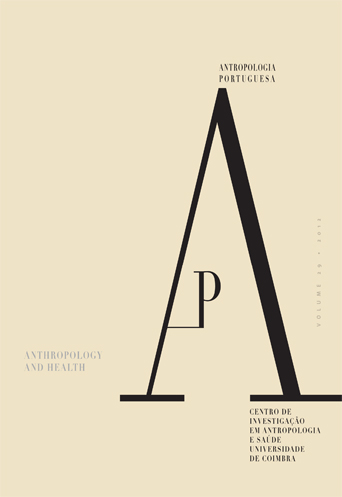Percepção parental do ambiente de residência e obesidade infantil no Distrito de Coimbra
DOI:
https://doi.org/10.14195/2182-7982_29_1Keywords:
Childhood obesity, neighbourhood perceptions, built environment, social environment.Abstract
Obesity is one of the most important health problems in many developed countries. Besides individual factors, neighbourhoods in which people live can influence their behaviour, and health, providing (or not) environmental opportunities to living healthy lives. The aim of this study was to analyse whether parent’s perceptions of local neighbourhood attributes were associated with overweight and obesity among 1885 children aged 3-10 years old living in Coimbra. Data was collected between March to July 2009.Height and weight were measured and IOTF cutoffs to define overweight and obesity were used. Environmental features were assessed through questionnaire (IPS). A Categorical Principal Component Analysis was performed, allowing the extraction of two neighbourhood dimensions which were subsequently used as independent variables in a multinomial logistic regression: one related with physical environment; other related with social environment. Significant associations with parent’s neighbourhood perceptions were found for girls, after adjustment for sex, age and socioeconomic level. These have implications for health and social policy. Enhancing the community’s physical and social environment, e.g., by providing and maintaining safe places for walking and cycling (through supportive infrastructures, social organization and social control) may provide effective ways to shape childrens weight and their current and future health, specially the girls, the most vulnerable group considering weigh gain.
Downloads
Download data is not yet available.
Downloads
Issue
Section
Artigos
License
Authors retain copyright and grant the journal right of first publication with the work simultaneously licensed under a Creative Commons Attribution License that allows sharing the work with recognition of authorship and initial publication in Antropologia Portuguesa journal.









